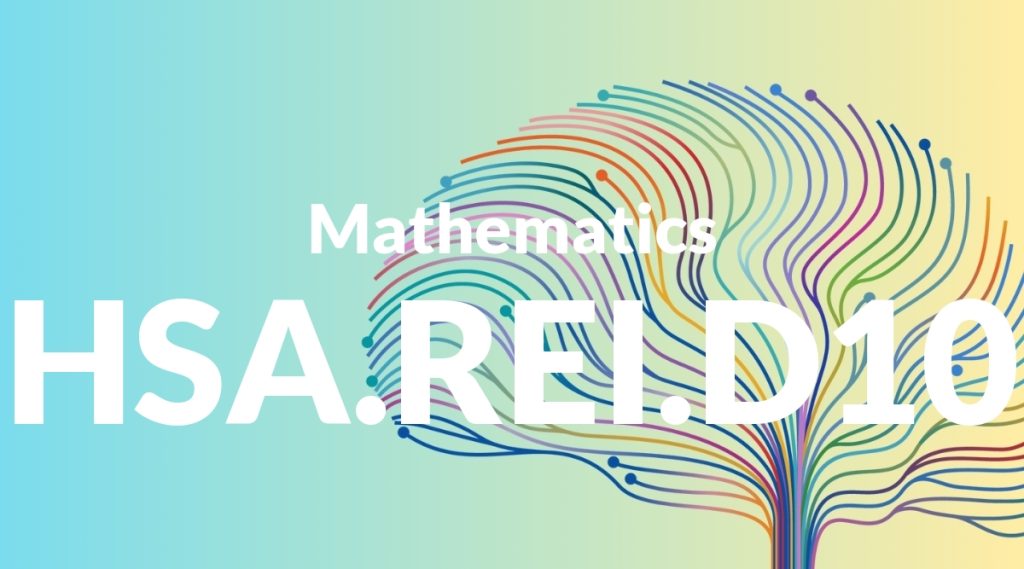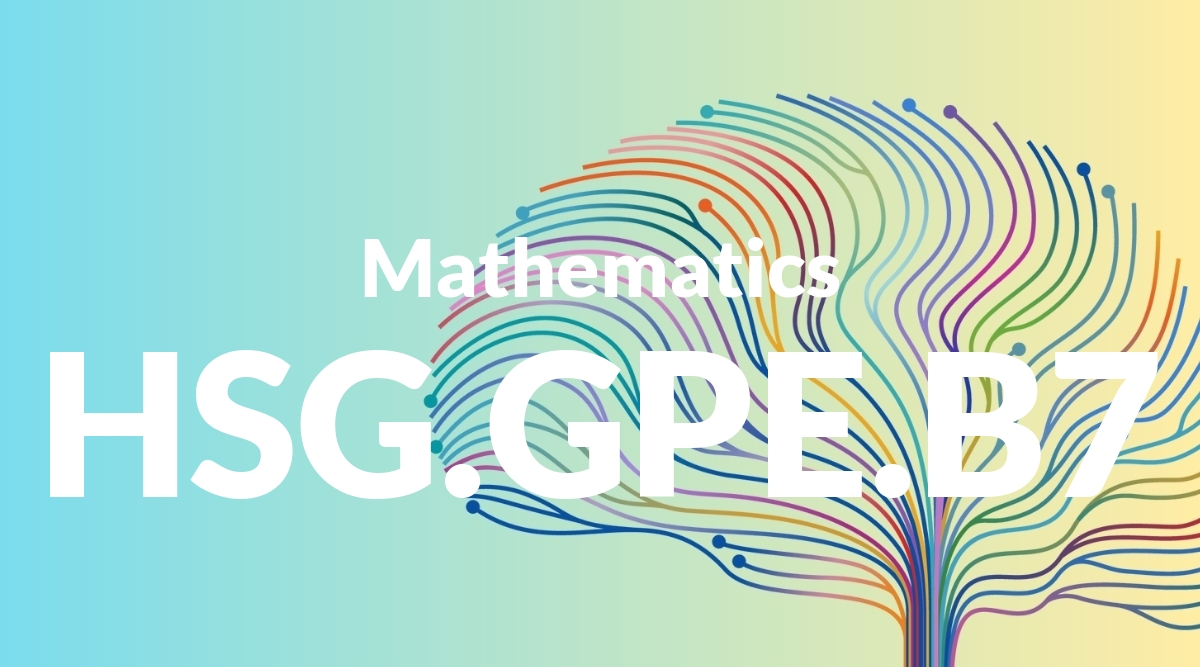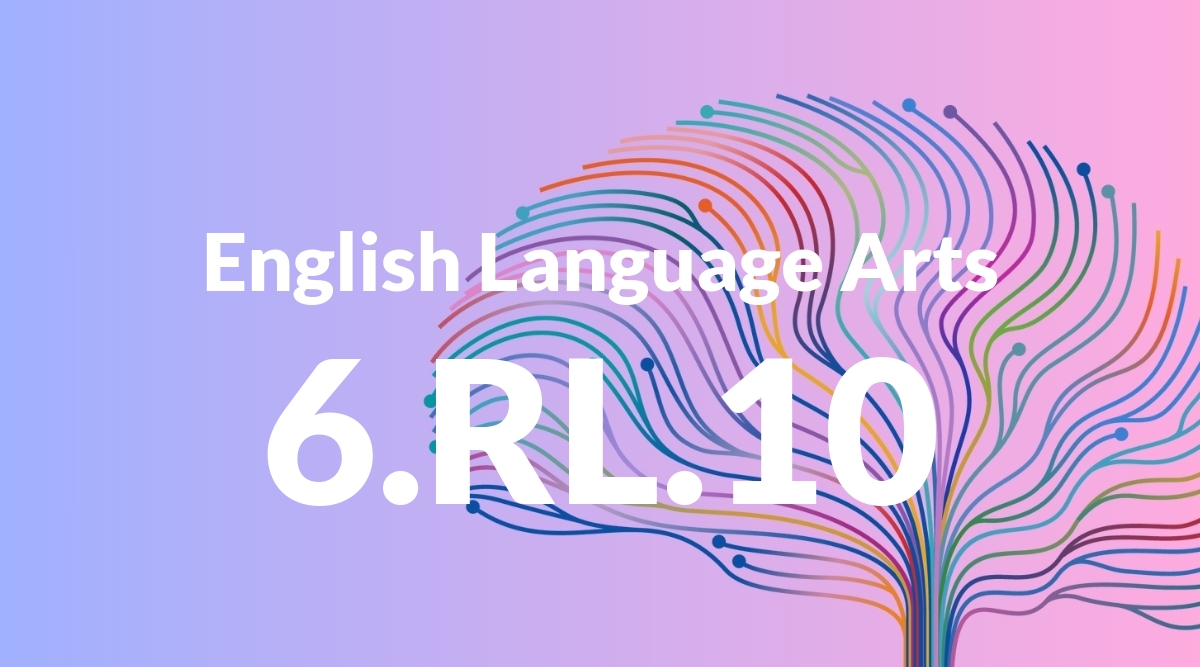Standard: HSA.REI.D10 – Understand that the graph of an equation in two variables is the set of all its solutions plotted in the coordinate plane, often forming a curve (which could be a line).
Grade level: High School: Algebra
Subject: Mathematics
Domain: Reasoning with Equations & Inequalities
Teacher Overview
This standard emphasizes the importance of understanding the graphical representation of equations in two variables. It is crucial because it provides a visual method to interpret solutions, which is foundational for higher-level math and real-world applications. Students should be comfortable with solving linear equations and graphing points on the coordinate plane. They should also understand the basic concept of a function.
Mastering this standard will prepare students for more advanced topics such as systems of equations, inequalities, and the analysis of non-linear functions.
Common Misconception 1
A common misconception is that all graphs of equations are straight lines. This is incorrect because equations can represent various types of curves, such as parabolas and hyperbolas.
Intervention 1
To address this, provide students with a variety of equations to graph, including quadratic and exponential functions. Discuss the different shapes each type of equation forms.
Common Misconception 2
Another misconception is that only integer solutions are valid for equations. This is incorrect because equations can have any real number as a solution, including fractions and decimals.
Intervention 2
To remediate this, use graphing tools to plot points that include non-integer solutions. Show how these solutions fit into the overall graph of the equation.
Prerequisite Knowledge
Students should have a foundational understanding of linear equations, coordinate planes, and basic graphing skills. They should also be familiar with solving equations for one variable.
Subsequent Knowledge
After mastering this standard, students will be able to analyze more complex systems of equations, understand non-linear relationships, and apply graphing techniques to real-world data sets.
Instructional Activities
- Graphing linear equations using a graphing calculator
- Plotting points for quadratic equations to observe the parabolic shape
- Using software to model real-world data with equations
- Group activities to solve and graph systems of equations
- Interactive games that involve plotting and interpreting graphs




